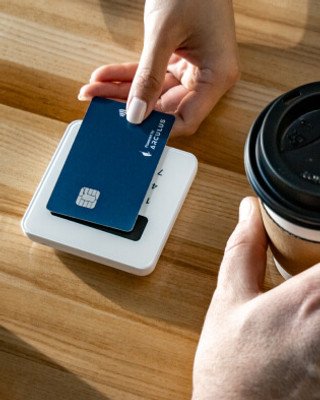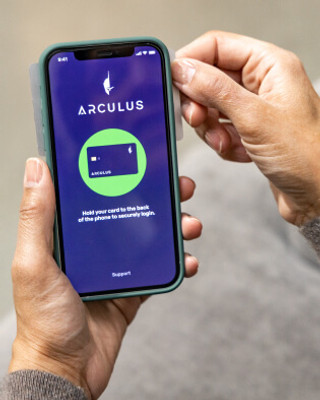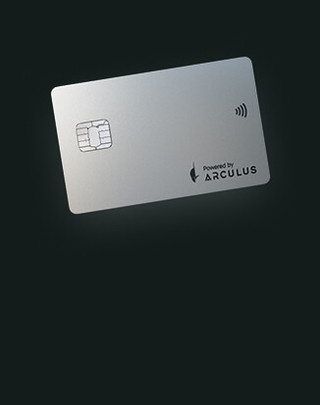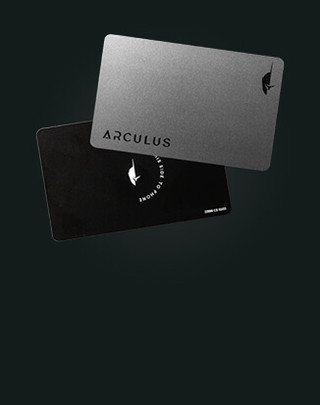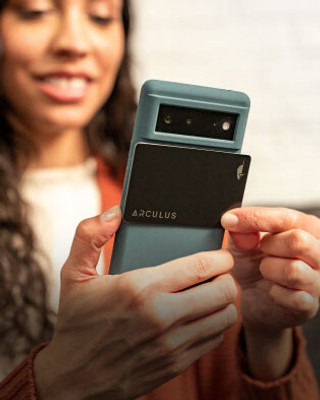As the amount of sensitive data stored online continues to grow at an increasing rate, protecting your customers’ digital identities needs to be a high priority on your product development roadmap. One effective way to protect sensitive information is by implementing multi-factor authentication (MFA) into your security protocols.
What Is MFA?
Multi-Factor Authentication (MFA) is an identity verification process where a user is prompted to provide additional credentials to access sensitive data or login to an account. It is also an authentication method users can be required to undertake to access your organization’s network.
MFA can be implemented using:
- A single-use code sent via email or text;
- Biometric data;
- A physical login token or key; and/or
- An authentication app on your smartphone or other device.
Why You Should Be Using MFA?
Here are some of the many ways that MFA can benefit your business and your customers:
- MFA fights against identity or credential theft–protecting users who have weak, commonly used passwords.
- MFA also can safeguard the users who reuse passwords which have already been compromised in previous security breaches. As a report from the Ponemon Institute revealed, 50% of IT professionals commonly reuse passwords across different accounts. Without MFA, these passwords leave precious data vulnerable to credential stuffing attacks.
- MFA helps to ensure your business is compliant with increasingly demanding regulatory standards.
- MFA can assist in standardizing the login process, making it easier to manage.
- MFA can safeguard against corrupted remote devices, something particularly important if your organization has employees who work remotely and use their own personal devices or less secure home internet services.
- MFA is effective in reducing the number of help desk calls, saving your business money and improving employee productivity.
FIDO2: The Next Level of MFA
FIDO2 is the gold standard for MFA.It is an open authentication standard which governs the operation of passwordless authentication. Using cryptographic keys, FIDO2 protects your customers. It authenticates logins by providing proof of identity, confirming users are who they say they are.
With FIDO2, users can authenticate themselves using biometrics, such as facial recognition or fingerprint scanning, or by using a physical security key. This makes it more convenient for users, as they do not need to remember complex passwords or worry about their passwords being stolen or hacked.
In conclusion, MFA protects against data breaches in a way mere passwords simply can not achieve. The cost of a data breach--in terms of dollars lost and reputational damage--can far outweigh the cost of implementing additional security measures. When speaking at the RSA Conference recently, Microsoft engineers stated that 99.9% of the compromised accounts they track every month do not use MFA. So, the question to ask yourself is not should your organization be using MFA, but how soon can you implement it?
